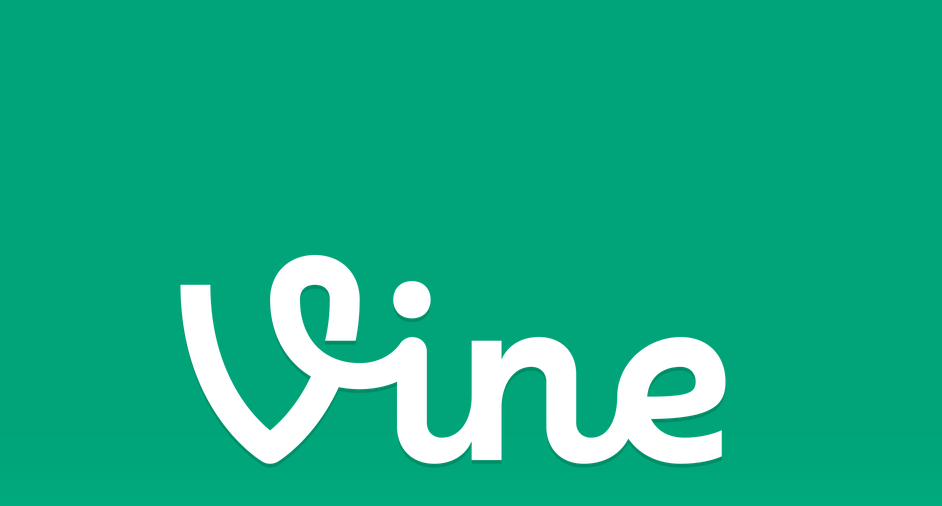Many people believe that TikTok, launched in 2016, was the first app to popularize short-form video content. However, that title truly belongs to Vine, a pioneering platform that emerged in early 2013. Vine allowed users to upload and share videos no longer than six seconds, which would play in an infinite loop—simple, quirky, and addictive.
Vine’s Meteoric Rise
Vine gained massive popularity after being acquired by Twitter. Its unique format sparked a creative boom and attracted a new wave of digital influencers and comedians. The app became a launching pad for now-famous names like Shawn Mendes, Logan Paul, Lele Pons, and Juanpa Zurita. At its peak, Vine boasted more than 13 million users.
But Vine’s magic wasn’t just in numbers—it was in culture. These micro-videos redefined comedy and storytelling, giving rise to a new internet language. However, despite its innovation and impact, Vine’s success didn’t last long.
Why Did Vine Fail?
Several factors contributed to Vine’s downfall. The most critical one was monetization—or the lack of it. Unlike YouTube and Instagram, Vine didn’t pay its creators. As a result, many popular “viners” jumped ship to platforms where they could earn money from their content.
Additionally, Vine was slow to evolve. Key features that users expected—like longer videos or better editing tools—were introduced too late. In 2016, Vine finally allowed videos up to 140 seconds, but by then, the platform had already lost its momentum. Meanwhile, the cost of maintaining the platform had ballooned to $10 million annually. These issues led Twitter to shut down Vine permanently in 2017. The app signed off with a heartfelt farewell:
“Thank you for coming to watch and laugh every day.”
Elon Musk and the Idea of a Comeback
Fast forward to 2022. After acquiring Twitter for $44 billion, Elon Musk—the billionaire entrepreneur behind Tesla and SpaceX—became the new owner of the platform. Alongside a slew of changes, including renaming Twitter to “X”, Musk expressed a keen interest in bringing Vine back.
On October 30, 2022, he posted a Twitter poll asking users if they wanted Vine to return. Nearly 70% voted “yes.” YouTuber MrBeast (Jimmy Donaldson) was among the many who showed enthusiasm, stating that reviving Vine would be “awesome.”
Vine 2.0: An AI-Powered Comeback?
More recently, Musk has hinted at something even more ambitious: bringing Vine back with artificial intelligence. In a cryptic post on X, he wrote, “We’re bringing back Vine, but powered by AI.” While no concrete details have been shared, the idea has sparked curiosity across the tech world.
Speculation suggests that the new Vine could allow users to generate six-second videos using AI, a concept that aligns with modern tools like Google’s Veo3, which already supports short-form AI-generated video content. This could make Vine not just a nostalgic revival, but a reimagined platform fit for the AI-driven future of digital media.
What’s Next?
While the return of Vine is still uncertain, one thing is clear: the demand for creative, short-form video content is higher than ever. Whether Musk’s vision of an AI-powered Vine will succeed remains to be seen, but it’s a reminder that even fallen giants can rise again—with a little help from innovation and nostalgia.
Vine may have said goodbye in 2017, but in 2025, the world might be getting ready to say, “Welcome back.”
